In the afternoon, boarding your expedition vessel.
Getting to know the crew and expedition personnel on board.
Your guides will inform you about all the details of your trip to Antarctica on board the ship.
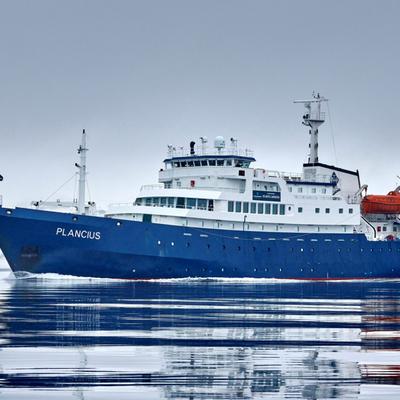






An adventure cruise to the edge of the harsh but so beautiful Antarctic.
Embark on a journey to the most inaccessible corners of our planet in an atmosphere of absolute comfort.
You will get acquainted with the animal world — albatrosses, seals, humpback whales, penguin colonies — these are just a small part of those who will have a chance to see.
You can try yourself in kayaking, climb to the top of one or more Antarctic mountains and take a snowshoe ride, and if you wish, even stay overnight in a tent on the shores of Antarctica.

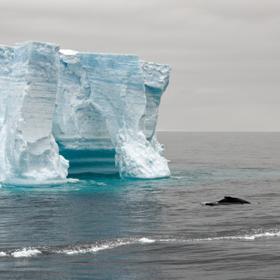
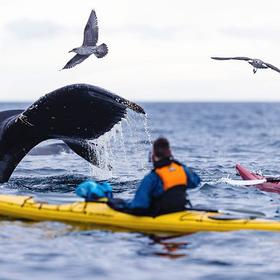
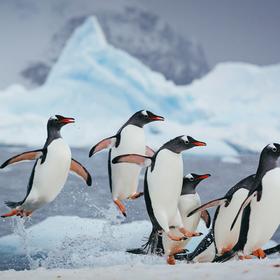
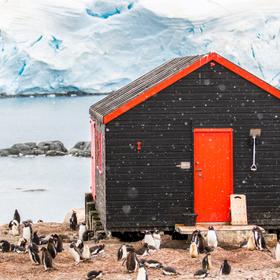
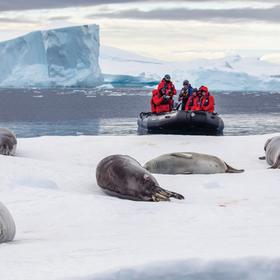
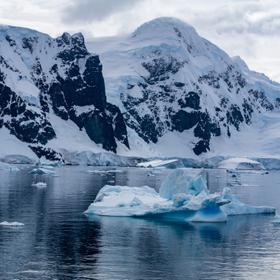
In the afternoon, boarding your expedition vessel.
Getting to know the crew and expedition personnel on board.
Your guides will inform you about all the details of your trip to Antarctica on board the ship.
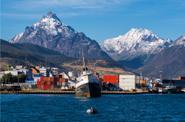
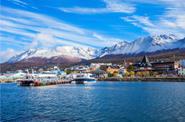
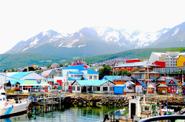


The tour includes accommodation on an ice-class research vessel:
The cost of the tour for 1 person depends on the dates of the tour and the cabin category:
| Cabin category | The cost of cruises 27.11.25–09.12.25 and 09.12.25–21.12.2025 | Cruise cost 28.12.25–09.01.25 | Cruise cost 29.12.25–10.01.26 |
| four-seater | € 8,800 (women's place) | € 9,600 (no seats) | € 10,100 (no seats) |
| triple room | € 9,900 (no seats) | € 11,800 (no seats) | € 12,400 (no seats) |
| double room with porthole | € 10,850 (no seats) | € 11 800 | € 12,400 (no seats) |
| double room with window | € 11,450 (no seats) | € 12 300 | € 13 000 |
| deluxe | € 12,300 (no seats) | € 13,250 (no seats) | € 14,000 (no seats) |
| superior | € 13,100 (no seats) | € 14 000 | € 15 000 |
| junior suite | € 13 950 | — | — |
| The Grand Suite | € 15 600 | — | — |
The ice-class expedition vessel Plancius was built in 1976 for the Danish Navy.
In 2010, the ship was completely refitted to accommodate passengers comfortably on expedition cruises. And in the same year, she went on Antarctic cruises for the first time.
Currently, Plancius is a comfortable ice—class passenger ship that fully meets all SOLAS requirements.
The crew is international and consists of 17 people. The service staff consists of 19 people, 8 members of the expedition team (the expedition leader and 7 lecturer guides) and a doctor.
The vessel is perfectly equipped for expedition cruises: a full set of Zodiac inflatable boats, kayaks and even diving equipment.
There is a restaurant, a lounge bar with panoramic windows and a lecture hall on board.
Technical specifications:
All cabins have:
Distinctive characteristics of the cabins:
The order of photos of cabins corresponds to the order of description of cabins.



Hondius is the world's first registered Polar Class 6 vessel, meeting Lloyd's Register's latest highest standards for ice—reinforced cruise ships.
Exceeding the requirements of the Polar Code approved by the International Maritime Organization, Hondius is the most versatile, modern and innovative tourist vessel for the polar regions.
It is fully optimized for expedition cruises and is designed to provide the closest possible contact with the nature of the Arctic and Antarctic.
Hondius has a rich infrastructure and numerous amenities that will make your cruise unforgettable, and is also the most environmentally friendly vessel in the polar seas.
By choosing Hondius, you can be confident about the safety of the environment. The ship uses LED lighting, steam heating, biodegradable paints and oils, as well as a modern energy-saving system that minimizes fuel consumption and carbon dioxide emissions.
This means that on board Hondius you will get maximum pleasure from observing exotic landscapes and nature, minimally affecting them.
The public areas are designed in an elegant style and have all the amenities. There is a cozy lounge area and library on board, a separate lecture hall, and a spacious restaurant with large windows.
The crew is international and consists of 72 people (including maintenance personnel, members of the expedition team and a doctor).
Technical specifications:
All cabins have:
Distinctive characteristics of the cabins:
The order of photos of cabins corresponds to the order of description of cabins.



The Ortelius ice-class expedition vessel is perfect for cruises to the Arctic and Antarctic, including the Ross Sea and Franz Josef Land.
The vessel was built in Poland in 1989 and was named Marina Tsvetaeva, and was used by the Russian Academy of Sciences for special purposes. After changing the flag, it received a new name — "Ortelius" in honor of the Flemish cartographer. Abraham Ortelius (1527-1598) compiled the world's first geographical atlas "Theater of the World" in 1570. The atlas became the most expensive book ever published at that time.
The ship was completely refitted in 2005 to comfortably accommodate 116 passengers. Now it is a full-fledged expedition vessel, providing all the amenities for comfortable accommodation and travel. In 2012-2017, the ship underwent a phased renovation of all decks.
The spacious bridge is always open to passengers (except in emergency navigation cases). The ship has 10 Zodiac rubber boats that will take you to the most inaccessible places.
The crew is international and consists of 22 people. The staff consists of 19 people, 8 members of the expedition team (expedition leader, 1 assistant and 6 lecturer guides) and one doctor.
There is a restaurant, a bar and a lecture hall on board.
Technical specifications:
All cabins have:
Distinctive characteristics of the cabins:
The order of photos of cabins corresponds to the order of description of cabins.



For our compatriots, choosing clothes for polar expedition cruises is not difficult: our winter sportswear is quite suitable for the climatic conditions during most of our trips.
Thermal underwear, wind and waterproof clothing, and rubber boots will become a reliable foundation for your comfort in the polar regions.
Layering in clothing is the most important thing in Arctic expeditions. It is better to wear several light garments than one very warm one. This will help you optimally adapt to temperature changes: it is always easier to take off a layer of clothing if you feel hot, or put on something else if it gets chilly.
1) The base layer
Choose thermal underwear made of merino wool or polypropylene, depending on the temperature of the region and the planned activity level.
2) The middle layer
Wool or fleece sweaters, longsleeves, turtlenecks to create layers of clothing. The middle layers can be worn both under the park on landings and on board the ship.
3) The top layer
Windproof and waterproof parka and trousers. The park can be single-layered (insulated with protection from wind and water) or double-layered (consisting of a warm layer and an upper wind and water protection layer).
4) Shoes and accessories
Rubber boots (regular or insulated) are the most suitable option for expeditions. Bring several pairs of gloves/mittens (1 light, 1 warm waterproof, 1 spare), a hat, scarf/ buff, several pairs of warm (for example, wool) and regular socks.